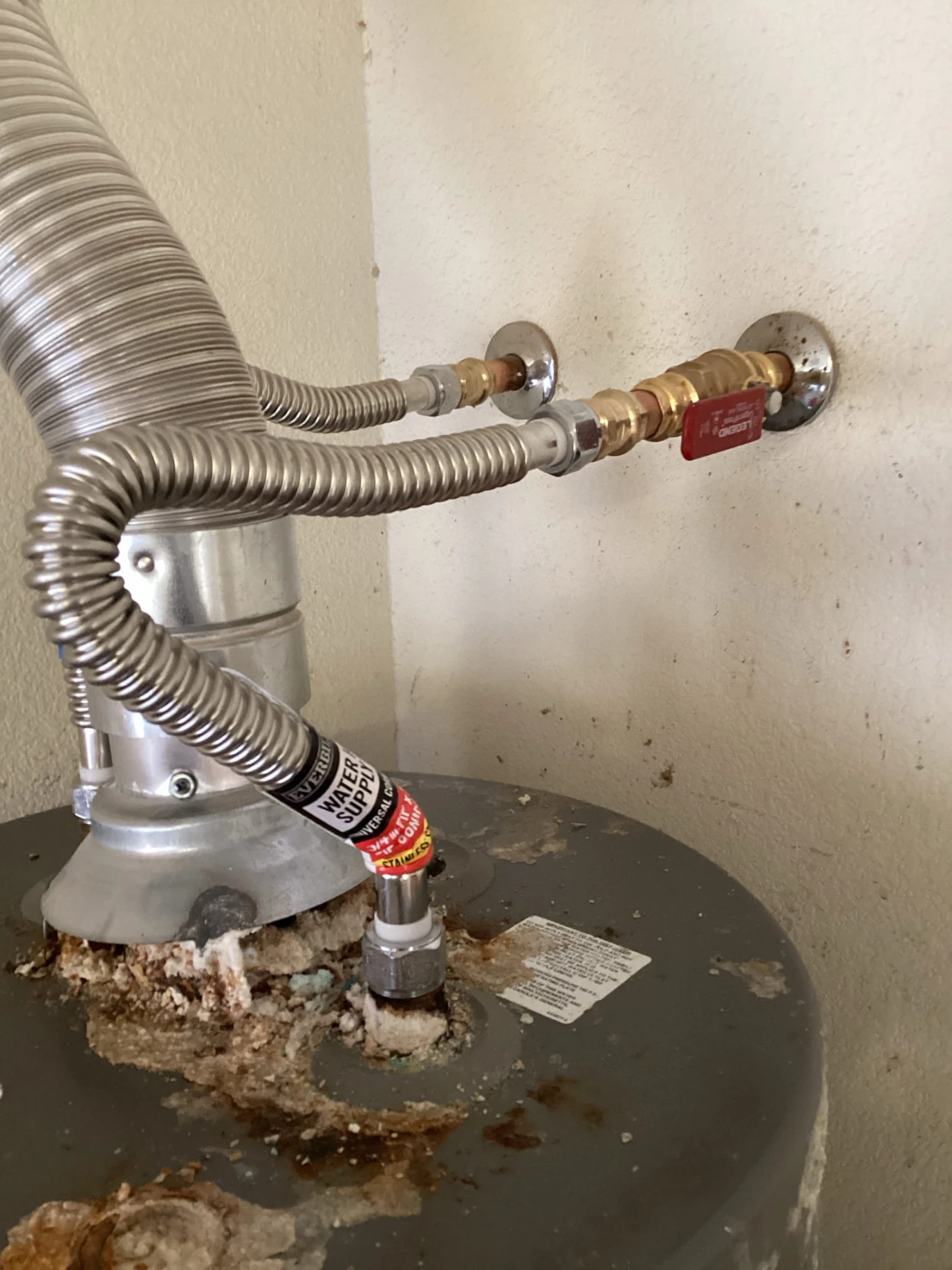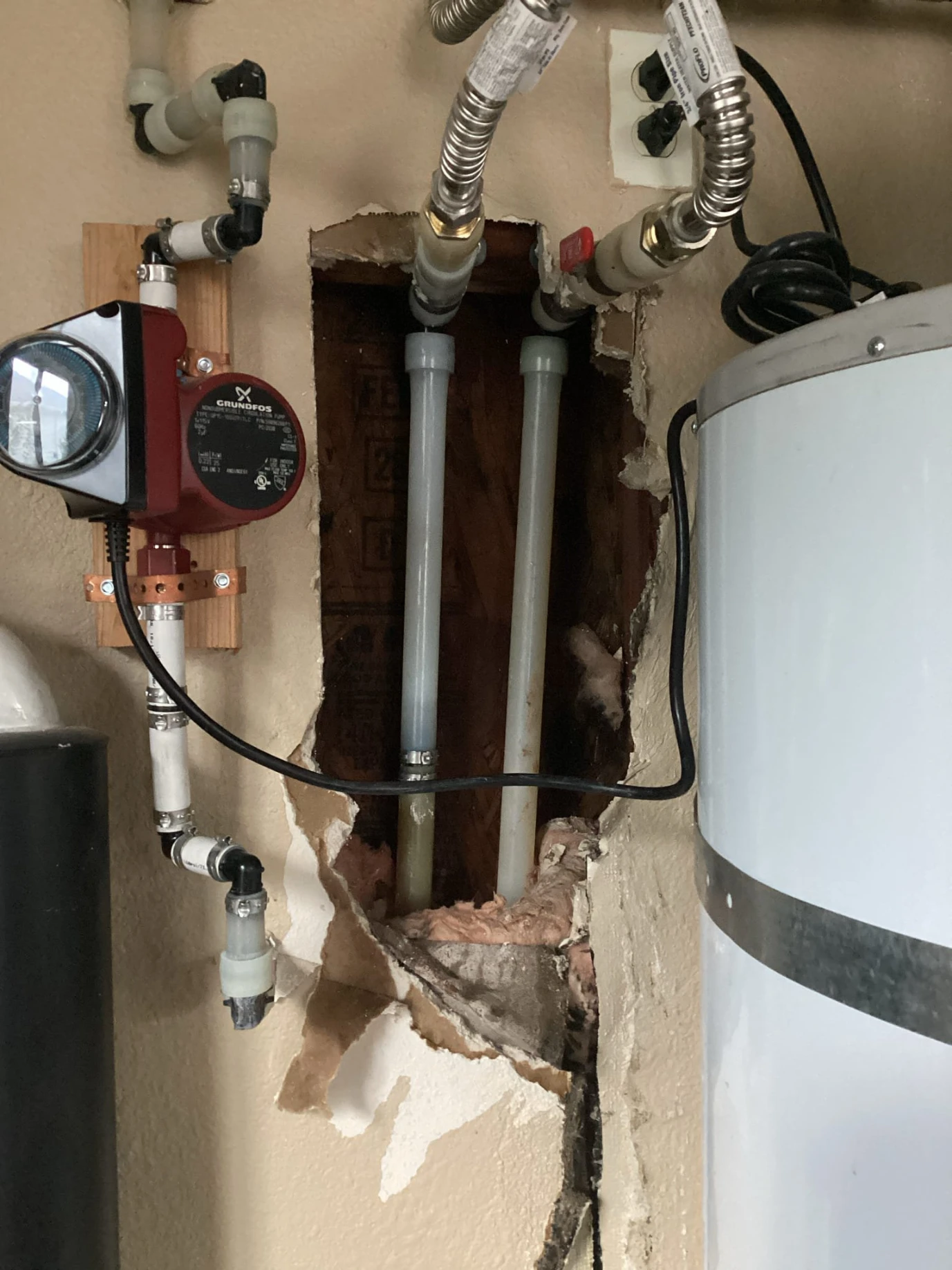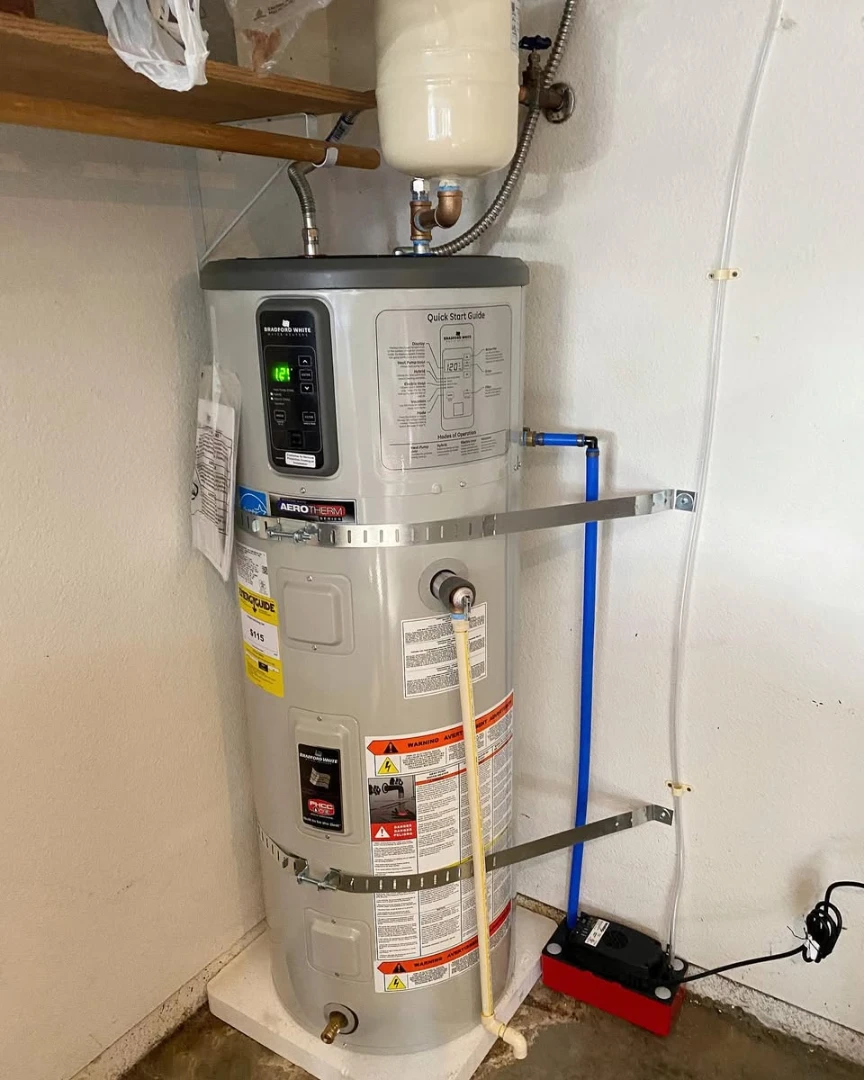
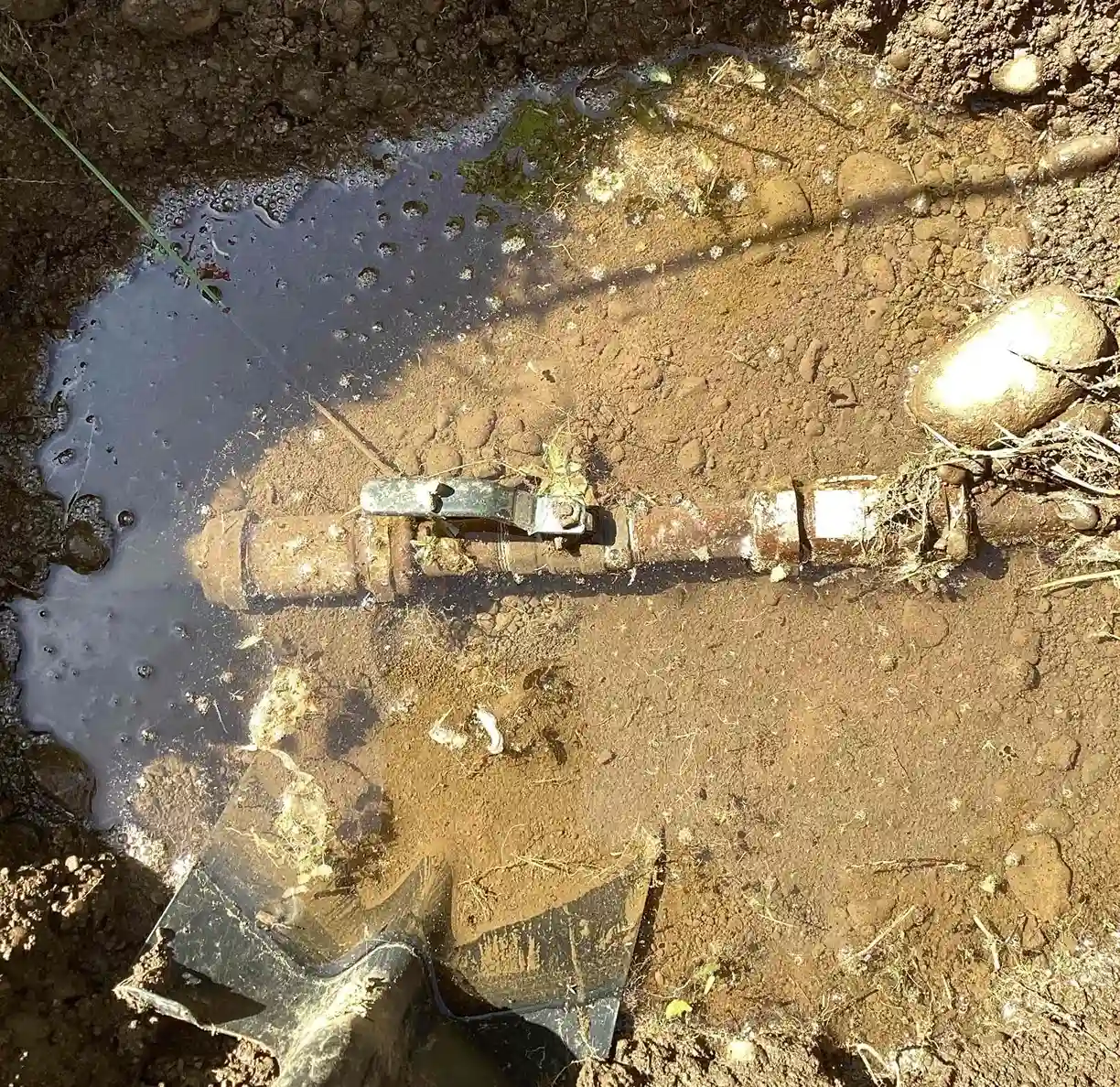
Small plumbing leaks might seem minor, like a drip from a faucet or a slow trickle under the sink. Left alone, however, water seeps into walls, floors, and foundations, causing rot and weakening structures while driving up bills as water runs constantly. Mold takes hold in these damp areas, posing health risks, and structural failures can follow, turning a tiny issue into a major repair job.
This article breaks down these risks step by step, drawing from real cases handled in plumbing services. Readers will learn how leaks escalate, spot warning signs early, and understand repair timelines. Trust comes from decades of fixing these exact problems across homes in the Pacific Northwest, where damp weather makes leaks hit harder.
A single dripping faucet wastes up to 3,000 gallons of water each year, according to the Environmental Protection Agency. That adds $100 or more to annual water bills for many households. In areas like the Pacific Northwest, where rain already soaks the ground, this extra moisture raises flood chances in basements or crawl spaces.
Leaks start small but spread fast. Water soaks insulation, making it useless and breeding spots for bacteria. Homeowners often notice only after stains appear on ceilings or walls, but you can catch them earlier by feeling around pipes monthly for dampness; this simple touch test reveals issues before they worsen.
Over time, constant moisture erodes wood framing and concrete foundations. Rot sets in joists and subfloors, leading to sagging floors or cracked walls. In wet climates, like Washington state’s rainy seasons, leaks combine with humidity to speed up this decay. A small pipe crack under a bathroom can undermine the entire room’s support.
Ignoring these lets water reach electrical wiring, sparking hazards or short circuits. Floors buckle, and ceilings cave in during heavy rains. Real examples show homes needing $10,000 in fixes after a year of unchecked drips. To detect this kind of damage early, use a moisture meter on suspect areas; it pinpoints hidden wetness without tearing open walls.
Mold thrives in damp spots from leaks, growing within 24-48 hours. Spores irritate eyes, skin, and lungs, especially for those with allergies or asthma. The Centers for Disease Control and Prevention reports that poor ventilation plus leaks raises respiratory issues by 30-50% in affected homes.
Stagnant water also attracts pests like rodents or insects, spreading diseases. In humid regions, black mold forms quickly on drywall, releasing toxins that cause headaches and fatigue. Children and elderly face higher risks from prolonged exposure.
| Potential Health Issue | Cause from Leaks | Impact Level |
|---|---|---|
| Mold Allergies | Damp walls and ceilings | Mild to severe respiratory symptoms |
| Bacterial Infections | Stagnant water pools | Skin rashes or gastrointestinal problems |
| Pest-Related Diseases | Attracted insects/rodents | Bites or contamination leading to illness |
This table shows how leaks connect to common health threats, based on typical home scenarios. Beyond these health concerns, unchecked leaks also carry significant financial burdens.
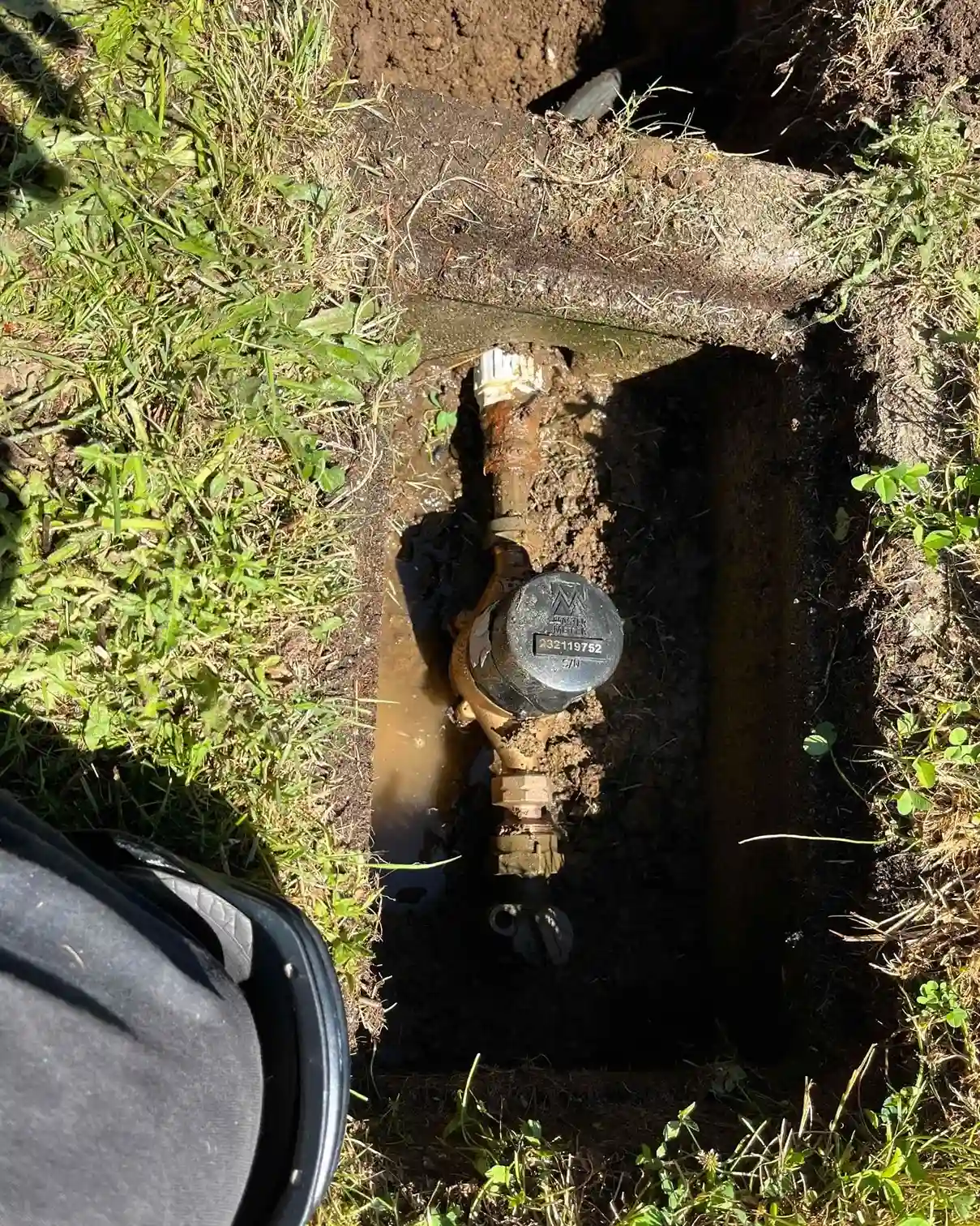
Repair costs skyrocket when small leaks grow. A basic faucet fix runs $150-300, but water damage restoration averages $2,000-$5,000 per incident, per the Insurance Information Institute. Nationally, leaks cause over 10% of homeowners insurance claims, totaling billions yearly.
Energy bills rise too, as wet insulation forces heaters and AC units to work harder. In the Northwest, where winters chill homes, this means higher heating costs. Delaying action often leads to full system replacements, like ripping out ruined pipes or flooring. To spot these problems early, track water usage with your meter; if it runs with all taps off, a leak lurks somewhere.
Assess the leak’s location first—kitchens or bathrooms near valuables demand quicker action than a garden hose bib. Check material age; older galvanized pipes corrode faster in hard water areas. Budget plays a role: DIY patches suit minor drips, but pros handle buried lines.
Think about home values. Unseen damage lowers resale appeal and scares buyers during inspections. Weigh urgency against season—in rainy Pacific Northwest falls, wait times for repairs stretch, so act before storms hit. Finally, review insurance coverage; some policies exclude gradual leaks.
Yes, slow drains often signal underlying issues such as clogs or cracks that allow water to escape, which can worsen over time if not addressed.
Visible signs like stains or mold may take weeks to show, but structural and internal damage begins right away once water starts escaping.
Small leaks waste water, damage structures, harm health, and drain wallets if ignored. Act early to avoid escalation, especially in damp climates. Evaluate your home’s setup, watch for signs like musty smells or rising bills, and plan repairs that fit your budget and timeline. Regular checks keep issues at bay.
Facing a potential leak? Simpson Plumbing offers reliable plumbing services in the Northwest. Reach out via email at [email protected] or call (360) 834-5311 to discuss your situation. Experienced plumbers assess problems quickly, providing clear next steps without pressure. Get advice tailored to your home today—early intervention saves time and money.
Learn more about how we’re expanding our commitment to serving homeowners with improved plumbing resources and support.
Mold spores activate in 24 hours if moisture lingers. Dry the area fast with fans and dehumidifiers to stop growth. In humid spots, use bleach solutions on non-porous surfaces.
Many policies cover sudden bursts but not slow leaks deemed neglect. Document issues early with photos to support claims. Check your deductible; it often hits $1,000 for water events.
Infrared cameras reveal temperature changes from water. Listening devices pick up trickling sounds in walls. For slabs, meter readings over time show unexplained usage spikes.
Freezing pipes expand and burst more easily. Insulate exposed lines and keep cabinets open near exterior walls. In the Northwest, this prevents common winter floods.
Drips under sinks need attention in days, while attic leaks risk roof damage fast. Prioritize based on water volume and proximity to electrics.

